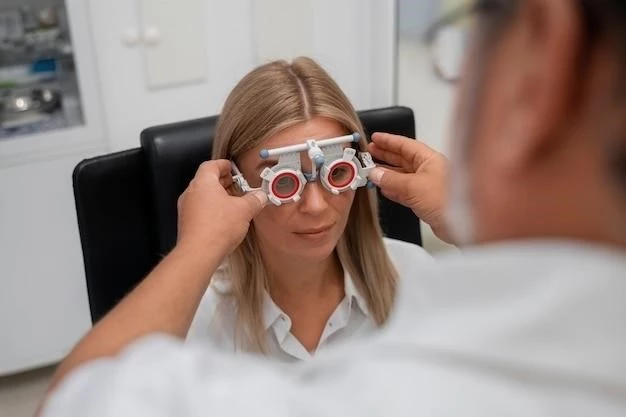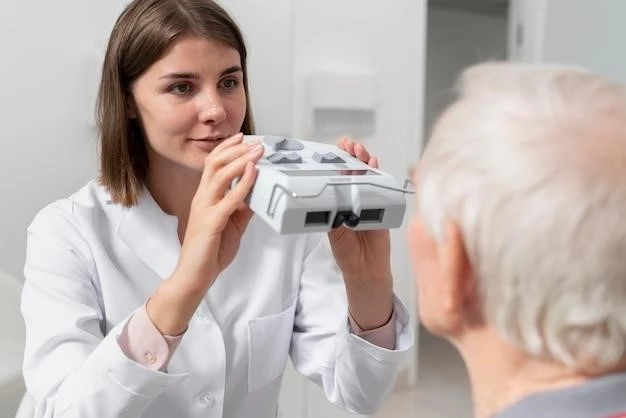Article Plan⁚ Disease ─ Pterygium Colli
Introduction to Pterygium Colli
Pterygium colli‚ also known as webbed neck or webbed neck deformity‚ is a congenital malformation characterized by bilateral webbing of the neck extending from the mastoid to the acromion. This condition is often part of various syndromes and is a source of aesthetic and social embarrassment. Surgical correction is commonly performed to address this deformity‚ which can cause significant social discomfort and affect the quality of life of individuals affected by it. Pterygium colli can also be associated with genetic disorders like Turner syndrome‚ where it manifests as a bilateral cervical skin fold with potential negative social effects. Innovative surgical techniques have been developed to manage pterygium colli‚ aiming to improve cosmetic outcomes and quality of life for affected individuals. Overall‚ understanding the causes‚ presentation‚ and treatment options for pterygium colli is essential in providing appropriate care and support for individuals with this congenital deformity.
History and Naming of Pterygium Colli
The term ″pterygium colli″ was coined by Funke in 1902 for the deformity characterized by a webbed neck. However‚ neck webbing was recognized earlier‚ described in 1883 by Oskar Kobilinsky‚ a theological student. This congenital malformation typically extends from the mastoid to the acromion and affects individuals in various syndromes like Turner syndrome. Surgical correction is commonly pursued to address the cosmetic and social implications of pterygium colli.
Innovative surgical techniques‚ such as the posterior cervical lift‚ have shown promise in providing satisfying cosmetic outcomes and stability post-surgery. Turner syndrome‚ where pterygium colli is prevalent‚ highlights the social effects this deformity can have. The historical descriptions and surgical advancements play a crucial role in the understanding and management of pterygium colli‚ a condition that impacts individuals’ quality of life and self-esteem.
Causes and Risk Factors
The causes of pterygium colli‚ a congenital malformation characterized by bilateral webbing of the neck‚ are varied and can include chromosomal and congenital diseases‚ drug intoxication‚ and jugular lymphatic obstruction sequence. Pterygium colli is often associated with genetic disorders like Turner syndrome‚ where it manifests as a bilateral cervical skin fold. Turner syndrome is one of the most frequent causes of pterygium colli and can lead to negative social effects due to the visible neck webbing. Additionally‚ multiple pterygium syndrome (MPS) is a rare group of genetic disorders characterized by webbing in various parts of the body‚ joint contractures‚ and skeletal abnormalities. Understanding the genetic and congenital factors contributing to pterygium colli is crucial for accurate diagnosis and management of this congenital deformity.
Clinical Presentation and Symptoms
Pterygium colli‚ a congenital malformation involving bilateral webbing of the neck‚ typically presents with a skin fold extending from the mastoid to the acromion. The deformity is prevalent in various syndromes like Turner syndrome and Noonan syndrome‚ causing aesthetic and social discomfort due to excess skin and posterior laxity. Surgical correction‚ such as the posterior cervical lift‚ aims to create a pleasing neck profile and restore normal hairline implantation. Patients with pterygium colli may experience social challenges and seek intervention to enhance their quality of life and self-esteem.
Diagnosis of Pterygium Colli
Pterygium colli is typically diagnosed through clinical evaluation‚ where the characteristic bilateral webbing of the neck extending from the mastoid to the acromion is observed. Additionally‚ genetic testing may be conducted to identify associated syndromes like Turner syndrome. Diagnostic imaging modalities‚ such as ultrasound or MRI‚ can provide detailed information about the extent of webbing and aid in treatment planning. A thorough diagnostic approach is crucial to determine the appropriate management strategy for individuals with pterygium colli‚ considering the aesthetic and functional implications of this congenital deformity.
Treatment Options

Pterygium colli‚ a congenital malformation characterized by bilateral webbing of the neck‚ often requires surgical correction to address the aesthetic and social implications. Innovative surgical techniques like the posterior cervical lift have shown promising results in achieving satisfying cosmetic outcomes and stability over time. Surgical interventions aim to create an aesthetically pleasing neck profile‚ reduce excess skin‚ and improve hairline implantation. Understanding the various surgical approaches‚ including z-plasty and other correction methods‚ is crucial in developing personalized treatment plans for individuals with pterygium colli. Surgical correction plays a significant role in enhancing the quality of life and self-esteem of individuals affected by this congenital deformity.
Surgical Correction of Pterygium Colli
Pterygium colli‚ also known as webbed neck deformity‚ is often managed through innovative surgical techniques like the posterior cervical lift. This approach aims to achieve satisfying cosmetic outcomes by creating an esthetic neck profile and restoring hairline implantation. Surgical correction plays a vital role in addressing the excess skin and posterior laxity associated with pterygium colli‚ providing individuals with improved aesthetic appearance and social comfort. Understanding and implementing effective surgical interventions are crucial in the management of this congenital malformation.
Complications Associated with Surgery
Complications associated with the surgical correction of pterygium colli may include risks such as infection‚ scarring‚ hematoma‚ nerve damage‚ or poor wound healing. Understanding the potential risks and complications of surgery is crucial in the preoperative assessment and informed consent process. While surgical interventions aim to improve aesthetic outcomes and quality of life for individuals with pterygium colli‚ careful monitoring and post-operative care are essential to minimize the occurrence of complications and ensure optimal surgical outcomes.

Prognosis and Recovery
Recovery after surgical correction of pterygium colli is typically favorable‚ with patients experiencing improved aesthetic outcomes and social comfort. The posterior cervical lift technique has shown stability and satisfying cosmetic results over time‚ contributing to the restoration of a desirable neck profile and hairline implantation. Understanding the surgical options and potential complications post-surgery is essential for a successful recovery process. Personalized follow-up care and monitoring play a significant role in ensuring optimal recovery and long-term satisfaction following surgical intervention for pterygium colli.
Pterygium Colli in Turner Syndrome
The prevalence of pterygium colli‚ or webbed neck deformity‚ is significant in patients with Turner syndrome‚ where it manifests as a bilateral cervical skin fold extending from the mastoid to the acromion. This congenital deformity can have negative social effects due to the visible neck webbing. Surgical correction methods like Z-plasty have been utilized to address pterygium colli in individuals with Turner syndrome‚ aiming to improve aesthetics and enhance quality of life by reducing excess skin and restoring a more natural appearance.
Research and Advancements in Pterygium Colli
Research on pterygium colli has focused on innovative surgical techniques like the posterior cervical lift‚ which has demonstrated satisfying cosmetic outcomes and stability over time. The prevalence of pterygium colli‚ particularly in patients with Turner syndrome‚ highlights the importance of advanced surgical approaches to address this congenital deformity. Recent studies have explored personalized treatment strategies‚ including z-plasty and other correction methods‚ to improve aesthetic outcomes and quality of life for individuals with pterygium colli. Continued research and advancements in surgical management play a crucial role in enhancing the prognosis and recovery of patients undergoing treatment for pterygium colli.
